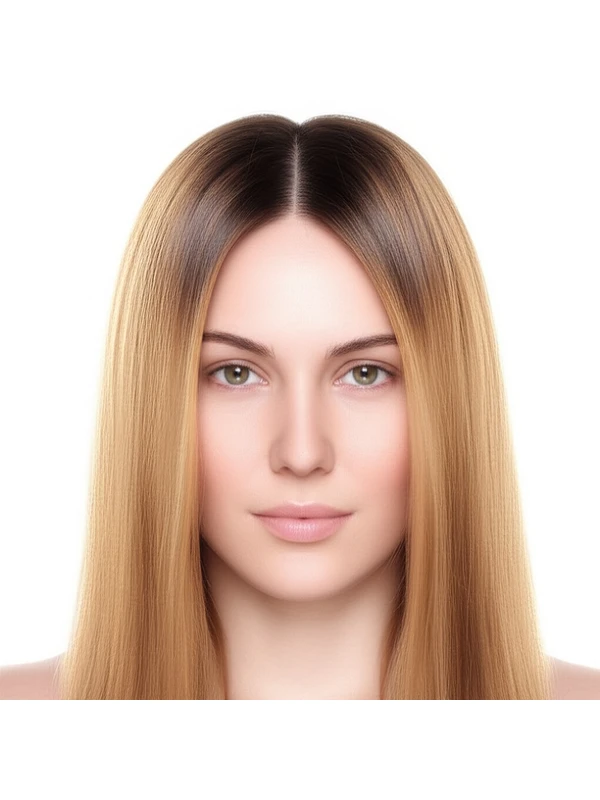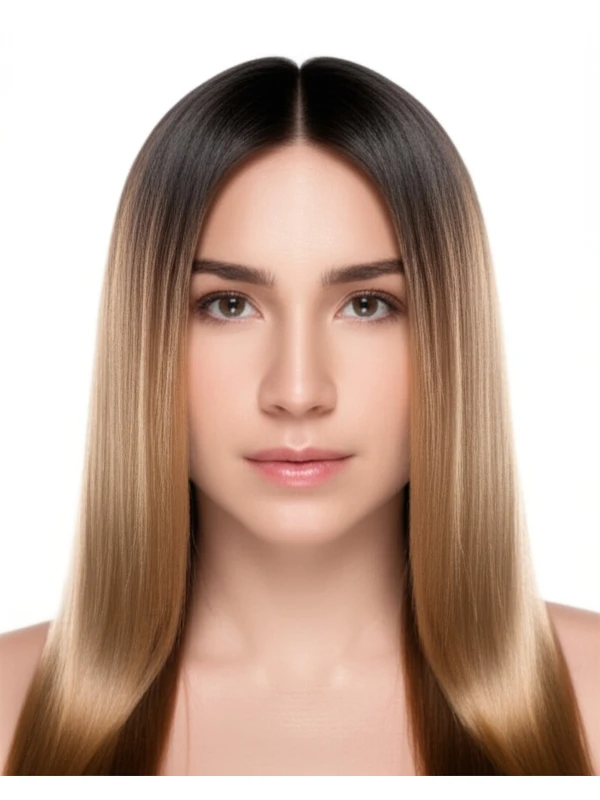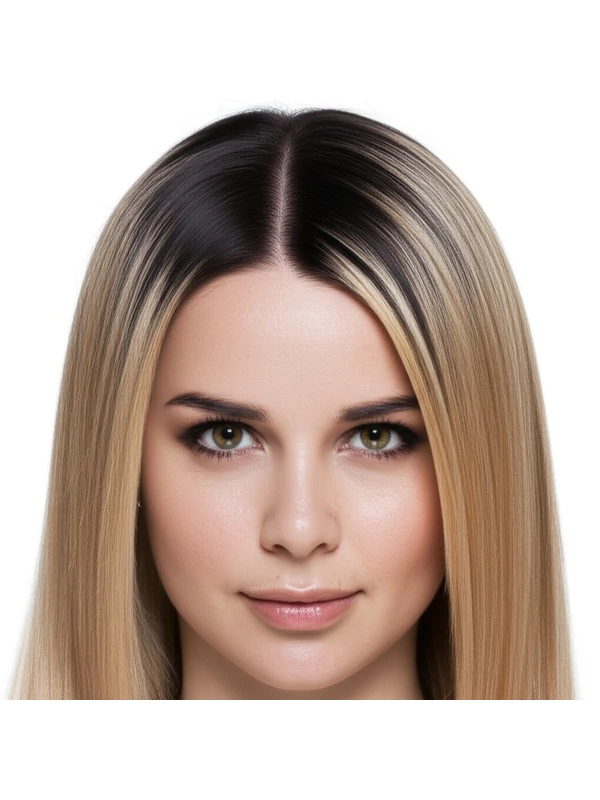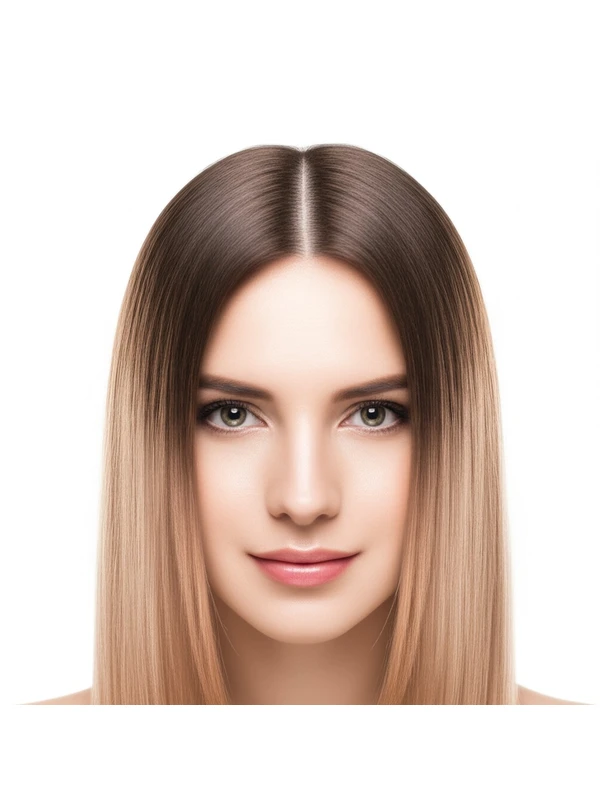#Root Stretch: A Guide to Seamless Color Transitions
Root stretch is a popular hair coloring technique gaining traction for its soft, blended look. It’s all about creating a gradual transition from your natural roots into lighter or more vibrant shades. Let's break down everything you need to know.
#1. What Is Root Stretch & How Does it Work?
Root stretch aims to minimize the harsh line between your natural root color and the colored hair below. It’s not about drastically lightening the roots, but rather softening the contrast.
- The Process: The stylist applies lightener or color closer to the scalp than with traditional highlighting techniques. They then gently "stretch" this product downwards, blending it into the darker root area.
- Tools & Placement: Typically uses a paintbrush and foil (though foil-free options are emerging). Placement is key – the stylist strategically places the lightener or color further away from the scalp than usual highlighting. The application isn't a solid block; instead, it’s feathered and blended.
- Timing: Processing time varies based on your hair's natural pigment level, desired lightness, and product used. Your stylist will closely monitor the process to ensure even development and avoid damage. It usually takes longer than traditional highlights due to the gentle blending approach.
#2. What Can Root Stretch Achieve?
Root stretch offers a versatile range of aesthetic goals:
- Dimension: Adds depth and visual interest by creating subtle variations in tone throughout your hair.
- Root Blur: The primary goal – softening or eliminating the obvious demarcation line between natural roots and colored lengths.
- Face-Framing: Stylists can strategically place root stretch to brighten around the face, enhancing your features.
- Coverage (Subtle): Can subtly cover a few gray hairs if blended well, but isn't designed for full grey coverage. A more traditional color application is better for that purpose.
- Low-Maintenance Look: The gradual transition means grow-out will be softer and less noticeable than with stark highlights or solid root colors.
#3. Who Is Root Stretch For?
This technique isn't a one-size-fits-all solution, so let’s explore who benefits most:
- Natural Color Level: Works well on levels 2–6 (light brown to dark blonde), but can be adapted for darker or lighter hair with adjustments.
- Undertone Considerations: Warm undertones (golden, red) often benefit from root stretch as it helps enhance those tones. Cool undertones (ashy, violet) require careful product selection and placement to avoid brassiness.
- Hair Type/Texture:
- Straight & Wavy Hair: Root stretch blends beautifully on these hair types due to their natural movement.
- Curly & Coily Hair: Can be achieved, but requires a skilled stylist experienced with textured hair who can ensure even saturation and minimize damage. Sectioning is crucial.
- Hair Density: Works well on all densities – fine, medium, or thick. The application technique will simply need to be adjusted accordingly (more sections for finer hair).
- Hair Length: Suitable for all lengths, from bobs to long hair.
- Lifestyle: Ideal for those who desire a low-maintenance look and aren't keen on frequent salon visits. It’s great for someone wanting a softer, more natural color change.
#4. Root Stretch vs. Other Techniques
Understanding the differences is key:
- Balayage vs. Foilyage: Balayage involves hand-painting highlights directly onto the hair, creating a more organic and diffused look. Foilyage combines balayage with foil to intensify lift and achieve brighter results. Root stretch can be incorporated into both techniques for added softness at the roots.
- Traditional Highlights: Traditional highlights use foils to create distinct lines of lighter color. Root stretch intentionally avoids this sharp contrast.
- Root Smudge vs. Shadow Root: A root smudge involves blending a darker shadow along the hairline, creating depth and dimension but not necessarily lightening the roots significantly. A shadow root is more pronounced and deliberate in its darkness. Root stretch aims for a softer transition than both of these techniques – it's about lightening slightly while blurring, rather than just darkening or shadowing.
#5. Maintenance & Longevity
Planning ahead will keep your color looking gorgeous:
- Salon Timing: Typically every 12-16 weeks, depending on how quickly your roots grow and the desired level of brightness.
- Toner/Gloss Refresh: A toner or gloss can be applied between full root stretch appointments to maintain vibrancy and correct any unwanted tones (e.g., brassiness). This is particularly important for cooler toned hair.
- Grow-Out Behavior: The gradual transition means grow-out will be much softer than with traditional highlights. You'll notice a subtle shift in color as your roots grow, rather than a harsh line.
- Budget/Time Planning: Root stretch generally takes 2–3 hours at the salon and can cost $150-$400+ depending on location, stylist experience, and hair length/density.
#6. At-Home Care Tips
Protecting your investment is essential:
- Wash Cadence: Reduce washing to 2-3 times per week to prevent color fading.
- Heat Protection: Always use a heat protectant spray before using styling tools (blow dryer, flat iron, curling iron). Heat accelerates color fade and can damage hair.
- Color-Safe Care: Use sulfate-free shampoos and conditioners specifically formulated for colored hair. These products are gentler and help preserve your color’s vibrancy.
- Deep Conditioning: Incorporate a deep conditioning treatment once or twice a week to keep hair hydrated and healthy.
#7. Pros & Cons of Root Stretch
Pros:
- Soft, blended look
- Low-maintenance grow-out
- Versatile – can add dimension and brighten the face
- Less damaging than traditional highlighting (when done correctly)
Cons:
- Can be time-consuming in salon
- May not work for all hair types/levels without adjustments.
- Requires a skilled stylist to achieve optimal results.
#8. Salon Consultation Script Prompts
Your stylist should ask you these questions:
- What are your goals for this color service? (e.g., softer roots, more dimension)
- Are there any areas of your hair that need special attention?
- How frequently do you typically get your hair colored?
- Do you have any concerns about damage or sensitivity?
- What is your current hair care routine?
- Have you had color services done previously, and if so, what were they?
- Are there any colors you want to avoid entirely?
#9. Frequently Asked Questions
- Can root stretch be done on dark brown or black hair? Yes, but it requires a skilled stylist who can safely lift the color without excessive damage. Multiple sessions might be needed for gradual lightening.
- Is root stretch damaging to my hair? It’s generally less damaging than traditional highlighting because the lightener isn't applied as intensely or left on for as long. However, any chemical process can cause some degree of damage, so proper care is essential.
- How much lighter will my roots be after a root stretch? The goal is not to lighten your roots significantly – just to soften the contrast with the colored lengths. Expect subtle lightening, not a dramatic change.
- Can I do root stretch at home? While possible, it’s highly recommended to have this done by a professional. Achieving even blending and avoiding damage requires expertise and precision.
- What if my roots grow in quickly? The soft transition will still look good as your roots grow out; the line won't be as harsh as with traditional highlights.
- Will root stretch cover grey hair completely? Root stretch can subtly blend away some greys, but it is not designed for full coverage and a demi-permanent or permanent color would be more appropriate in those cases.
- How long does the effect of root stretch last? The color itself will fade gradually over several weeks, but the blended look remains until your roots grow out significantly.
- I have very fine hair – is root stretch suitable? Yes! Root stretch can be adapted for fine hair; however, more sections and a gentler application are necessary to minimize stress on the strands.




